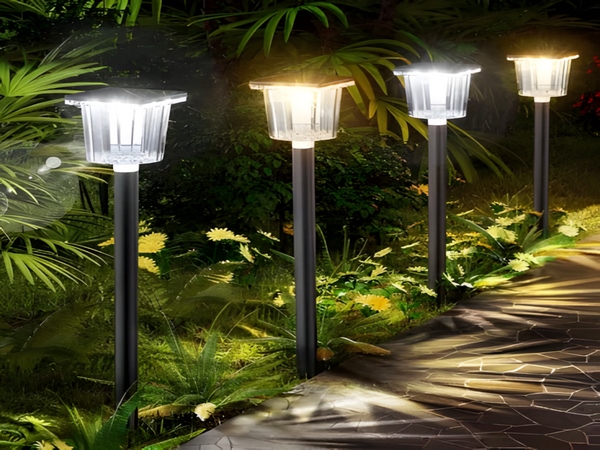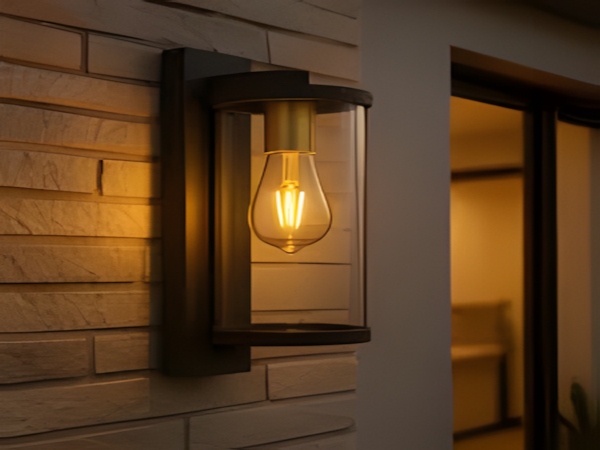

In recent years, after the country introduced the solar street light poverty alleviation policy, many rural areas previously lacked street lighting, leaving villagers feeling unsafe in the dark. Now, many regions have responded to this solar street light policy and have begun installing solar street lights, leading to significant changes in those areas. However, during the hot summer months, solar street lights face challenges related to heat dissipation. What happens if the heat dissipation of solar street light sources is poor? Here, the editor from Century Sunshine Lighting will explain.
1. Shortened lifespan
For solar street lights, heat dissipation is a critical issue. Poor heat dissipation can lead to a series of adverse effects on the use of the lights. For instance, LED light sources convert electrical energy into light, but not all electrical energy can be converted into light; this must adhere to the law of conservation. If there is excess electrical energy, it may be converted into heat.
If the heat dissipation structure of the solar street light is poorly designed, it cannot quickly eliminate excess heat, leading to a buildup of heat and a shortened lifespan for the solar street light.
2. Decreased material quality
If the solar street light source overheats and cannot expel this heat, the materials will be subjected to repeated high-temperature oxidation, resulting in decreased quality of the LED light source.
3. Electronic component failure
As the temperature of the solar street light source gradually rises, the resistance it encounters increases, which leads to a rise in current and consequently more heat generation. This excess heat can damage electronic components of the LED light source, resulting in failures.
4. Deformation of lamp materials

In our daily lives, we often encounter situations where items slightly deform when exposed to excessively high temperatures. The same applies to solar light sources. Materials that compose solar light sources can expand and contract differently with temperature changes. As temperatures rise, different parts may expand at different rates, potentially causing components to be too close together and resulting in deformation or damage.
The above outlines the consequences of poor heat dissipation in solar street lights. However, it is possible to enhance heat dissipation by using controllers to adjust and reduce LED heating, which not only saves energy but also counters overheating, achieving dual benefits. Good heat dissipation can improve the illumination brightness, lifespan, and resilience of solar street lights during rainy weather.



